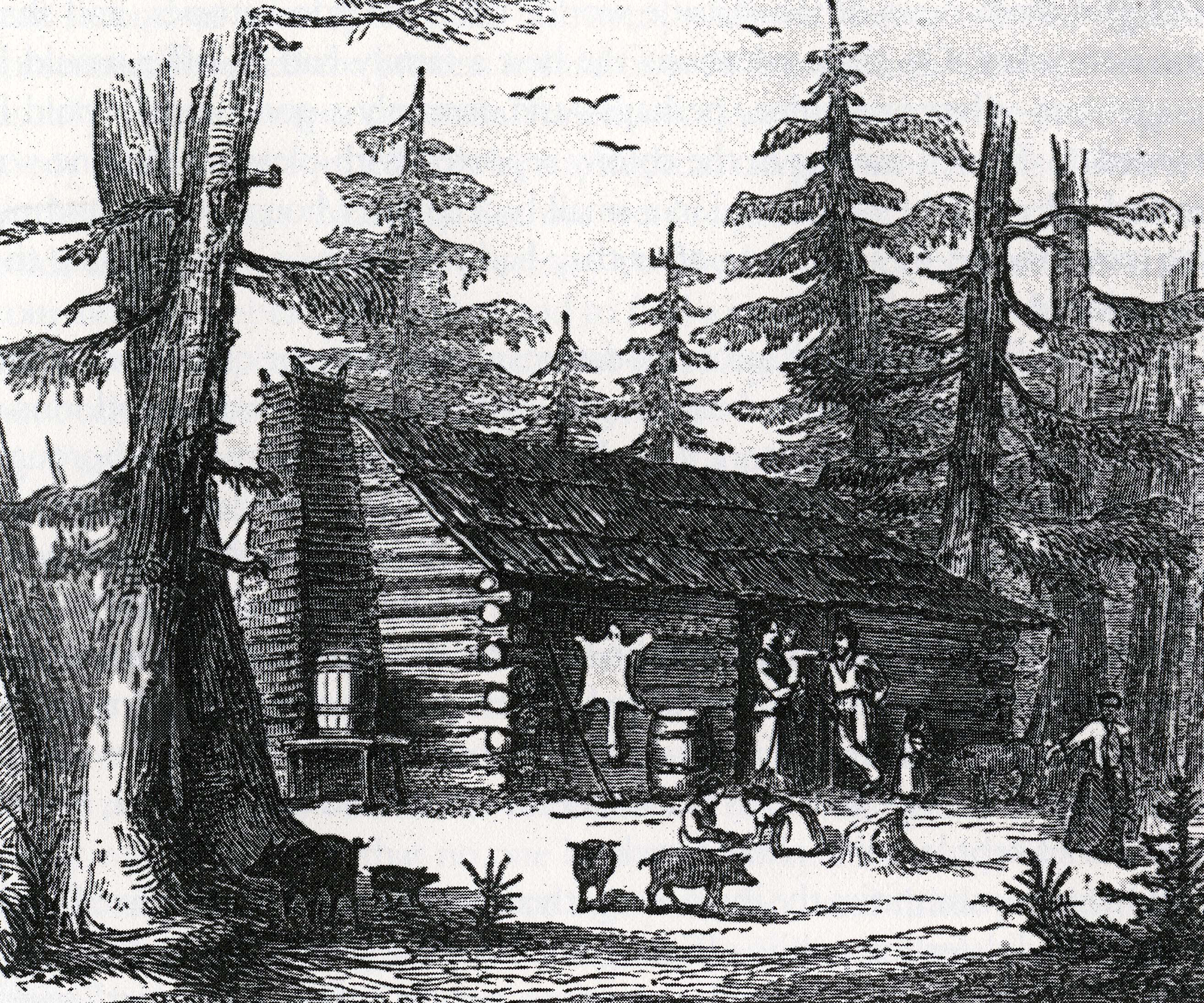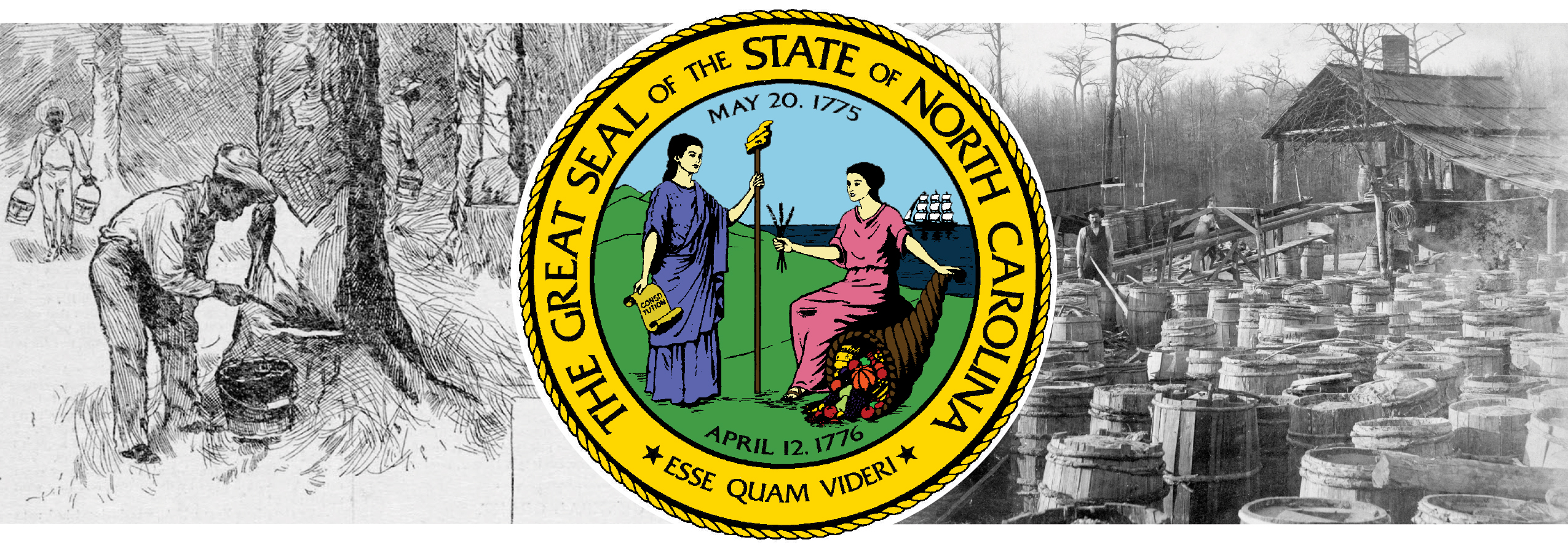
3 minute read
Tar Heels in the Valley of Humility
By Don Pendergraft, Director of Regional Museums

Typical homestead during the settlement of North Carolina
Courtesy Museum of the Albemarle
A popular joke by historians refers to North Carolina as “the valley of humility between two mountains of conceit.” The comparison dates to the beginnings of the state. The dividing lines were drawn separating Virginia, North Carolina, and South Carolina after the British government took control in 1728 of land originally given to the eight Lord Proprietors in 1663. The Virginia and South Carolina colonies contained deep water ports, Norfolk, and Charleston, which promoted transatlantic trade and prosperity. North Carolina’s coast, known as the Graveyard of the Atlantic, was treacherous with barrier islands, shallow sounds, and shifting shoals preventing ease of access to deep draft vessels. North Carolina did not have navigable rivers to provide access to trade to the piedmont and mountains. Life in what was called the “Rip Van Winkle state” was slower and not as profitable or prestigious as its wealthy neighbors to the north and south. British Parliament proclaimed the state had resources in naval stores and timber for ships but figured it was inconsequential. Even early residents were called a derogatory name, Tar Heels, due to many being barefoot and the messy work around tar kilns to produce pitch and tar from longleaf pine forests prevalent throughout the state.
Compilation of the Tar Industry

A newspaper engraving of men harvesting sap from a longleaf pine forest to produce turpentine and tar. In the middle; the Great Seal of North Carolina which symbolizes; Liberty on the left, modeled after the Greek God, Athena. She is holding the Constitution and a pole with cap representing freedom from bondage, the woman, next to the cornucopia represents plenty, abundance and resources and a ship in the distance represents commerce. Below in Latin, Esse quam Verdi translates as “To be rather than to seem.” The dates shown are from the Revolutionary War, top is the Mecklenburg Declaration and bottom is the Halifax Resolves. On the right is a photograph of a tar and naval products packing operation, circa 1890.
Courtesy Museum of the Albemarle
Those who came to live in North Carolina migrated from Virginia and South Carolina. They were in search of rich farmland and a haven from religious persecution. The Society of Friends, known as Quakers, and French Huguenots crossed the Atlantic into Virginia and slipped through the Dismal Swamp into the river country of northeastern North Carolina. Enslaved and indentured people made the journey seeking freedom from former owners, the Church of England, and control by the British colonial government. Many came to North Carolina for control of their destinies. The ideas that the early people formed in the remoteness and isolation of the state produced a resilient spirit, self-reliant, strong, and willing to sacrifice for our shared future.
The people eventually overcame the early obstacles and made the state a work in progress—a strong and friendly place. As the official state toast says, “here’s to the land of the long leaf pine, a summer place where the sun doth shine, where the weak grow strong and the strong grow great, here’s to down home the Old North State.” We are, as the state’s motto describes, people who are engaged with communities, the environment, education, and commerce. Forward-thinking people, who have chosen “to be, rather than to seem.”
We invite you to come and visit the museum and become involved as members. Join us as we continue to preserve the past as we promote the future.









